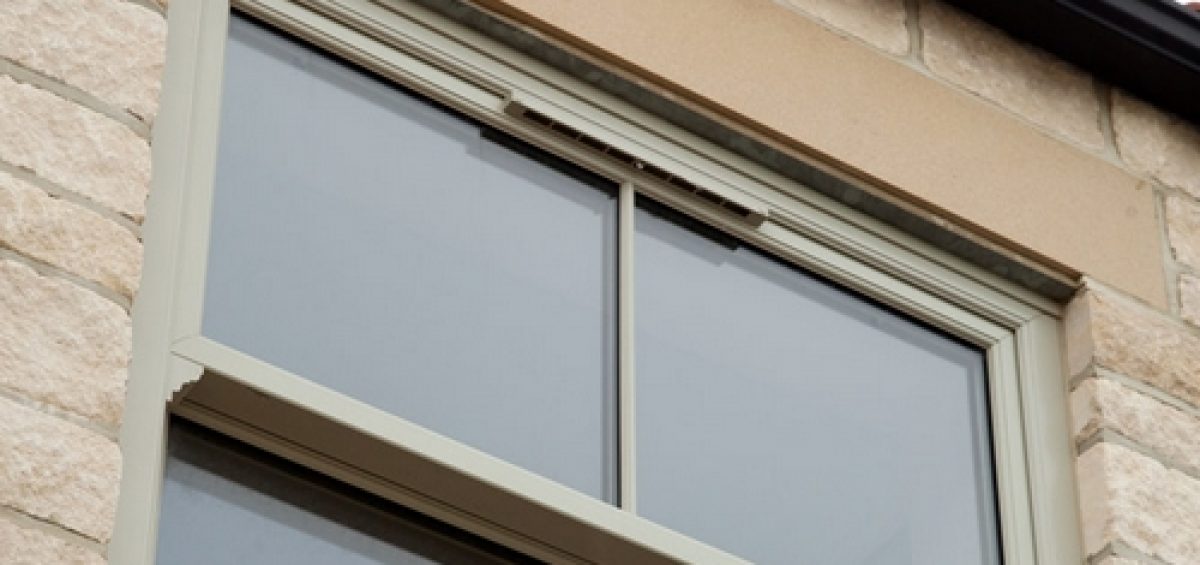Single glazed windows are a defining feature of heritage homes, offering timeless charm and architectural authenticity. However, their single glazed glass can pose challenges in terms of energy efficiency and thermal comfort. For homeowners in listed buildings or conservation areas, replacing original windows with modern alternatives like double glazed units is often restricted. This article explores practical ways to enhance the performance of single glazed sash windows while preserving their historic character, with insights from experts like Scott James.
Preserving Character While Improving Efficiency
Understanding the Limitations of Single Glazing
Traditional wooden sash windows with single panes of glass are synonymous with period properties. However, single glazing has inherent drawbacks, such as poor thermal insulation and higher heat loss compared to double or triple glazing. The lack of insulation often leads to condensation, draughts, and increased energy bills. Despite these challenges, many heritage homeowners prioritise retaining original window frames due to planning regulations or personal preference. Single pane windows also struggle to meet modern efficiency standards, contributing to higher energy consumption in older properties.
Restoring vs. Replacing Single Glazed Sash Windows
Restoring single glazed sash windows can maintain a property’s aesthetic integrity while addressing functionality. Techniques like reglazing old sash windows or repairing decayed sashes improve durability without altering their historic appearance. For listed buildings, restoration is often mandatory, as replacing original features like wooden frames may require special permissions. Professional restoration may involve re-puttying glass panes, rebalancing sash weights, or treating timber to prevent rot—all of which extend the lifespan of traditional wooden sash windows.
Enhancing Energy Efficiency Without Compromising Aesthetics
Secondary Glazing Solutions
Secondary glazing is a popular method to insulate single glazed windows discreetly. By adding a secondary pane inside the existing window, this approach reduces heat transfer and noise pollution. Unlike double glazed windows, secondary glazing preserves the original exterior design, making it ideal for properties with single glazing restrictions. It also improves energy efficiency ratings without altering the window frame. Modern secondary glazing systems can be removable or fixed, with slimline frames that blend seamlessly into period interiors. For heritage homes, this solution strikes a balance between thermal efficiency and visual authenticity.
Draught-Proofing and Insulation Techniques
Sealing gaps around window sashes and frames minimises draughts and retains warm air. Materials like brush seals, silicone strips, or weatherstrips can be fitted to reduce heat loss. Pairing these with thermal curtains or shutters further enhances insulation, addressing the poor energy efficiency of single pane windows. For sash windows, consider installing draught-proofing kits designed specifically for sliding mechanisms, which prevent cold air ingress without hindering operation.
The Role of Window Treatments in Insulation
Heavy curtains, cellular blinds, or shutters add an extra layer of insulation to single-glazed windows. They trap warm air and reduce condensation, creating a barrier between the cold glass and the room. In summer, these treatments can also reflect sunlight, helping to regulate indoor temperatures. For a cohesive look, choose fabrics and designs that complement the historic style of the property, ensuring functionality aligns with aesthetics.
Balancing Modern Needs with Traditional Design
Addressing Condensation and Ventilation
Condensation on single glazed glass is common due to temperature differences between the pane and indoor air. Improving ventilation through trickle vents, adjustable sash openings, or extractor fans helps manage moisture, reducing mould risk. For homes in humid climates, moisture-absorbing products or dehumidifiers can complement these measures. However, avoid over-ventilating in colder months, as this can exacerbate heat loss. A balanced approach ensures adequate airflow without sacrificing thermal comfort.
Upgrading Glass Without Replacing Frames
Modern glazing options, such as vacuum-sealed glass or slimline double glazing, offer better thermal insulation properties than single panes. These can be retrofitted into existing wooden windows to meet efficiency standards while preserving the original window design. For example, upgrading to an energy-efficient pane of glass with a low-emissivity (Low-E) coating can significantly reduce energy consumption without altering the sash’s appearance. Such upgrades are particularly valuable for homeowners seeking to improve their EPC rating while adhering to conservation guidelines.
Exploring Hybrid Solutions for Listed Buildings
In some cases, combining traditional methods with modern technology yields the best results. For instance, pairing restored single glazed sash windows with discreet underfloor heating or radiator panels can offset heat loss. Similarly, using smart thermostats to manage room temperatures ensures energy consumption remain controlled. These hybrid approaches allow homeowners to honour a property’s heritage while integrating energy-efficient systems discreetly.
Final Considerations for Heritage Homeowners
While double glazed windows provide superior energy performance, they may not suit historic properties. Prioritise solutions that align with conservation guidelines, such as secondary glazing or targeted insulation. Regular maintenance of traditional wooden sash windows—like repainting frames, replacing putty, or lubricating pulleys—ensures longevity and prevents decay. For expert advice on restoring single glazed sash windows, consult specialists familiar with heritage restoration projects. They can recommend glazing solutions that respect the original craftsmanship while improving thermal efficiency.
In conclusion, single glazed windows need not compromise comfort in period homes. By combining thoughtful restoration with discreet modern upgrades, homeowners can achieve an aesthetic and functional balance, honouring history while embracing energy-efficient living. Whether through secondary glazing, draught-proofing, or innovative glass technologies, the key lies in enhancing performance without erasing the character that makes heritage properties unique.

